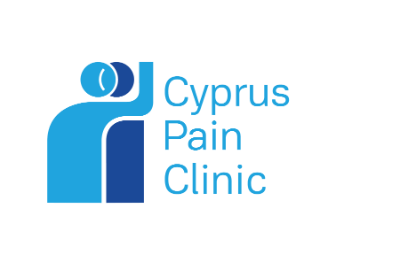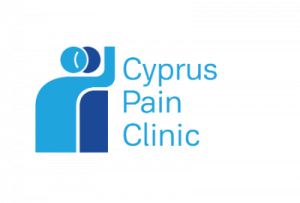Spinal Cord Stimulator (SCS) implantation is a minimally invasive technique for managing persistent neuropathic pain. It is a small-sized device (similar to a pacemaker), which is implanted in the patient’s body to modify pain signals before they reach the brain. In this way, it helps in reducing the need of opioid medications while also assisting in better managing the signs and symptoms of chronic pain.
What is a spinal cord stimulator?
A neurostimulator is a device placed under the skin and connected to electrodes implanted in the spine, which send a mild electrical current to the spinal cord. This reduces the amount of pain the patient experiences, masking or altering pain signals before they reach the brain.
There are various types of neurostimulation devices, some of which employ low-frequency current to replace the feeling of pain with a milder stimulus (paresthesia), and other devices which use high-frequency pulses or burst pulses to mask pain without causing paresthesia.
It should be noted that while neurostimulation alters how the brain experiences pain, it does not eliminate the source (cause) of it. As a result, each person experiences pain relief at a different rate. The aim is a 50%–70% reduction in pain. However, even a small relief of pain can be significant if it helps a patient carry out their daily activities, as well as if they succeed in reducing the intake of medications. Neurostimulation does not improve patient muscle strength.
Who is eligible for a spinal cord stimulator?
All patients should be aware that prior to being implanted with a spinal cord stimulator, their doctor should thoroughly evaluate their physical condition, pain history, and current medications. A psychologist should also evaluate the patient’s status to increase the likelihood of a positive outcome, as chronic pain also causes emotional disturbance.
Typically, patients who are approved for a stimulator suffer from chronic, ongoing pain for longer than 3 to 6 months.


